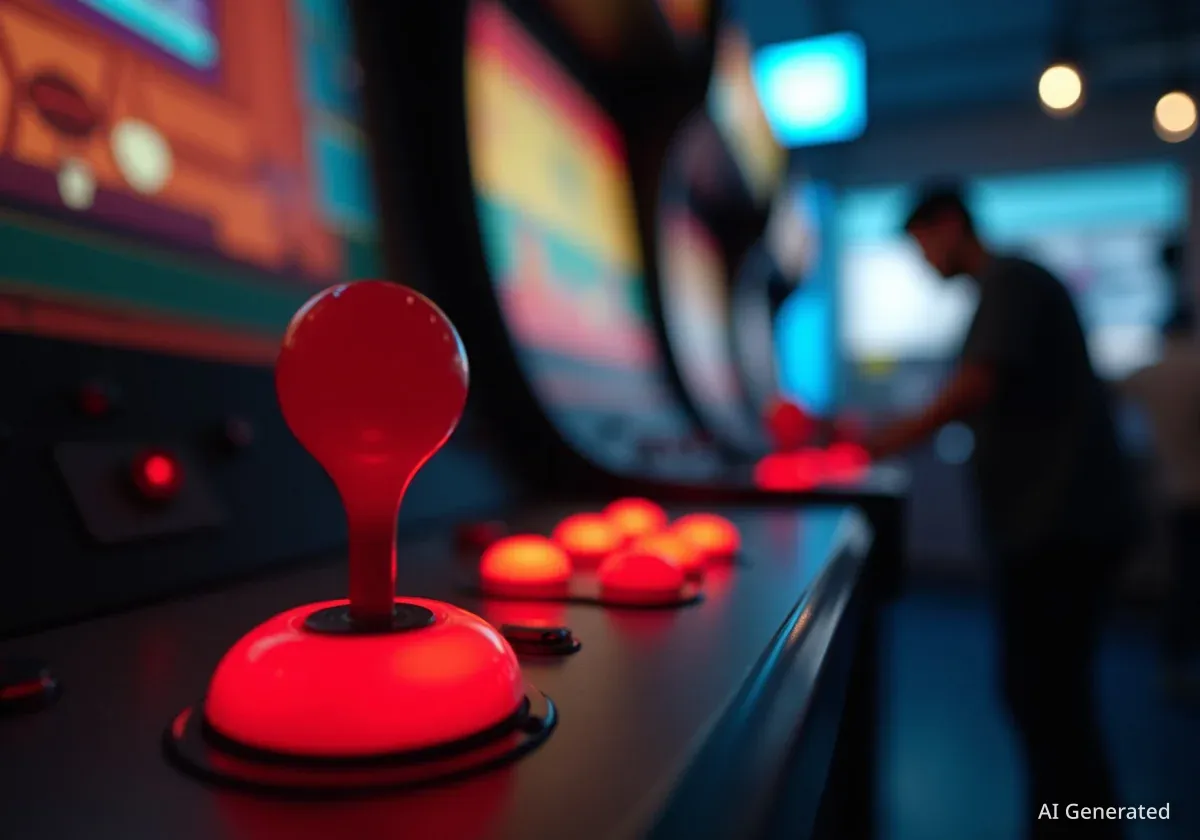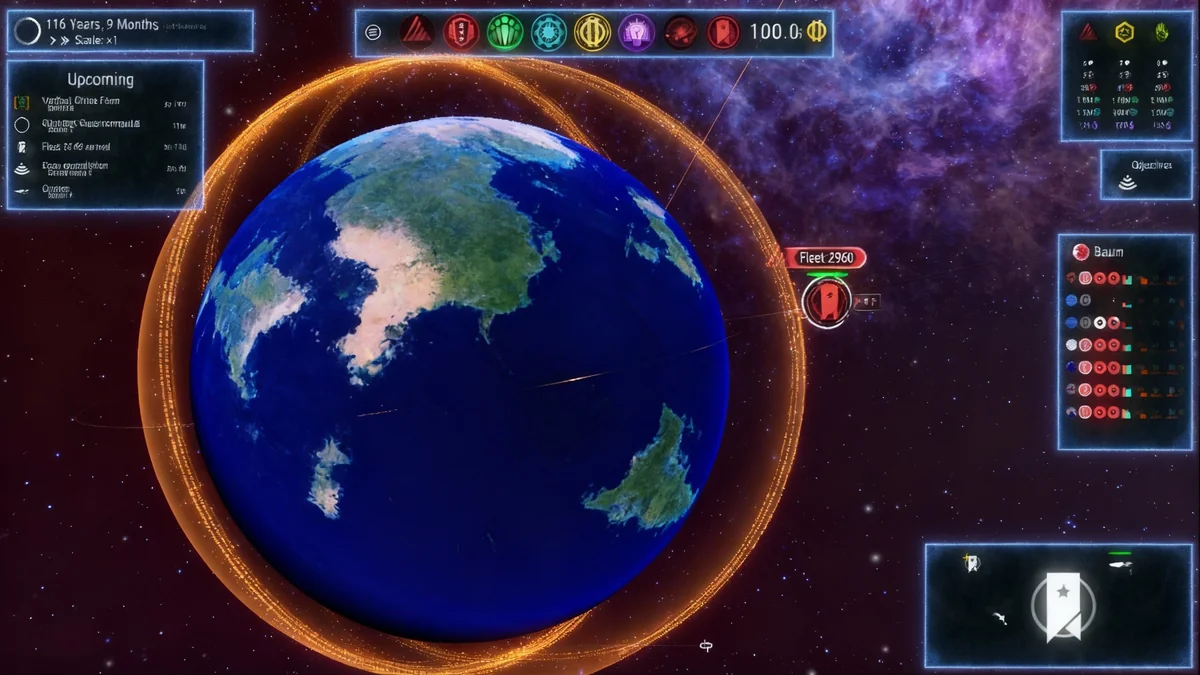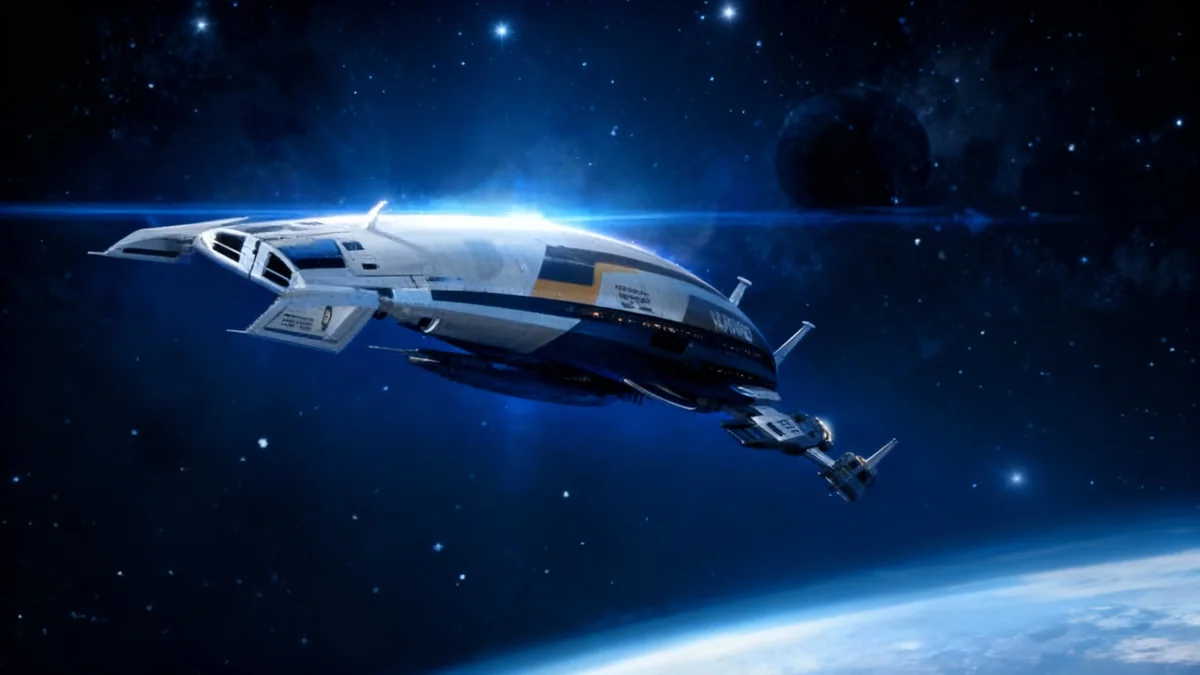In 1985, Sega released Space Harrier, a third-person rail shooter that redefined arcade gaming. Developed by the legendary Yu Suzuki, the game combined surreal 3D-style graphics with a motion-controlled cabinet, creating a physical and sensory experience that was unlike anything else at the time. As it approaches its 40th anniversary, Space Harrier remains a landmark achievement in interactive entertainment.
Key Takeaways
- Sega's Space Harrier, released in 1985, introduced a new level of immersion with its hydraulic-powered motion cabinet.
- The game was designed by Yu Suzuki, who pivoted from a realistic flight simulator to a surreal fantasy shooter due to hardware limitations.
- It utilized Sega's "Super Scaler" technology to create a fast-paced, pseudo-3D environment from 2D sprites.
- The game is part of Suzuki's "taikan" or "body sensation" series, which includes other classics like OutRun and After Burner.
- Preserving the original motion cabinets has become a significant challenge for collectors and gaming historians.
The Arcade Revolution of 1985
The mid-1980s was a golden era for arcade gaming, with developers pushing the boundaries of technology to attract players. Amidst a sea of popular titles like Pac-Man and Galaxian, Sega introduced a machine that demanded attention not just for its gameplay, but for its physical presence.
Space Harrier was a third-person rail shooter where players controlled a jetpack-equipped hero named Harrier. The objective was to fly through a vibrant, psychedelic world known as the Fantasy Zone, blasting away at a host of bizarre enemies, including one-eyed mammoths, giant robots, and celestial dragons.
What truly set the game apart was its deluxe cabinet. Players would sit in a cockpit-style chair that moved in sync with the on-screen action. When Harrier flew up, the seat tilted back. When he dodged left or right, the cabinet would jolt and bank, physically involving the player in the game. This was a radical departure from the static cabinets that housed most other games.
The Rise of Experiential Gaming
In the 1980s, arcade developers competed to create unique attractions. While many focused on graphics and sound, Sega's Yu Suzuki believed the future was in "taikan," a Japanese term meaning "body sensation." The goal was to make players feel the game, not just see and hear it. This philosophy led to a series of iconic motion-based games that defined Sega's arcade dominance.
From Military Sim to Fantasy Shooter
The original concept for Space Harrier was far more conventional. According to reports from its development, the project began as a realistic military flight shooter. However, the hardware of the day struggled to render complex aircraft animations smoothly and convincingly.
Faced with these technical limitations, lead designer Yu Suzuki made a creative pivot. Instead of abandoning the project, he reimagined it entirely. He drew inspiration from the 1984 fantasy film The NeverEnding Story, particularly its memorable scenes of a character flying on the back of a dragon.
This shift in direction led to the creation of a flying human character and a universe filled with surreal creatures and landscapes. The art style became a unique blend of fantasy art, reminiscent of artist Roger Dean, combined with the bold, geometric patterns of the 1980s Memphis Group design movement. The result was a visually striking and unforgettable world.
The "Taikan" Experience: Engineering Immersion
Space Harrier was the flagship for Suzuki's "taikan" design philosophy. Every element was engineered to contribute to a full-body, sensory experience that blurred the line between game and theme park ride.
Motion-Controlled Cabinet
The centerpiece of the experience was the hydraulic motion cabinet. The cockpit-style seat was connected to powerful motors that provided eight-directional movement. This system translated the player's joystick inputs and the character's on-screen movements into physical motion, creating an unparalleled sense of flight and speed.
Sega's Super Scaler Technology
The game's fluid, fast-paced 3D effect was achieved using a proprietary hardware system called the Sega Super Scaler. This technology could manipulate and scale thousands of 2D sprites per second, creating a convincing illusion of depth and movement. This allowed for the high-speed action that made Space Harrier so thrilling.
Groundbreaking Audio Design
The immersion was further enhanced by the game's audio. A powerful synth-pop soundtrack, composed by Hiroshi Kawaguchi, was blasted from speakers built into the cabinet's headrest, enveloping the player in music. Kawaguchi also composed the iconic soundtracks for other Suzuki classics like OutRun and After Burner.
Space Harrier was also one of the first games to make extensive use of speech synthesis. A digitized voice would welcome players with the iconic line, "Welcome to the Fantasy Zone. Get ready!" This feature, novel at the time, added another layer of futuristic appeal and personality to the machine.
"The goal was to create an experience that you couldn't get at home. It had to be a complete sensory event. The movement, the sound, the visuals—they all had to work together to put you inside the game." - Summary of Yu Suzuki's design philosophy.
A Lasting Legacy and Preservation Challenges
Nearly four decades after its release, Space Harrier's influence is still evident. It pioneered the concept of the immersive arcade experience and set a new standard for what a coin-operated game could be. Its fast-paced, third-person shooter gameplay also laid the groundwork for many future titles.
The game's timelessness comes from its abstract and unique world. Like Pac-Man or Tetris, it does not rely on realism, allowing it to exist outside of aging graphical trends. Its core gameplay remains as engaging today as it was in 1985.
The Challenge of Upkeep
Despite its classic status, experiencing Space Harrier in its original form is becoming increasingly difficult. The complex hydraulic cabinets are now decades old. Maintaining and repairing them requires specialized knowledge and parts that are becoming scarce.
Many of the original machines have fallen into disrepair, and the expertise needed to restore them is fading. This presents a significant challenge for video game preservationists who seek to keep these important pieces of interactive history operational for future generations.
From the Arcade to the Home
While the full motion experience was unique to the arcade, Space Harrier was ported to numerous home computers and consoles over the years. Some of the most highly regarded conversions include:
- Sega 32X: Often cited as one of the most faithful arcade translations of its time.
- PC Engine (TurboGrafx-16): Praised for its smooth gameplay and accurate graphics.
While these home versions successfully replicated the core gameplay, they could never fully capture the physical thrill of the original motion cabinet. That unique combination of sight, sound, and movement cemented Space Harrier's place as a true arcade legend—a total experience that defined an era of innovation.





